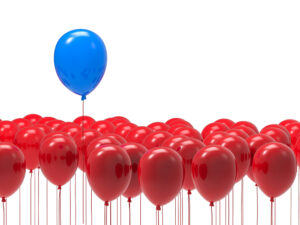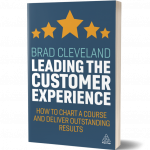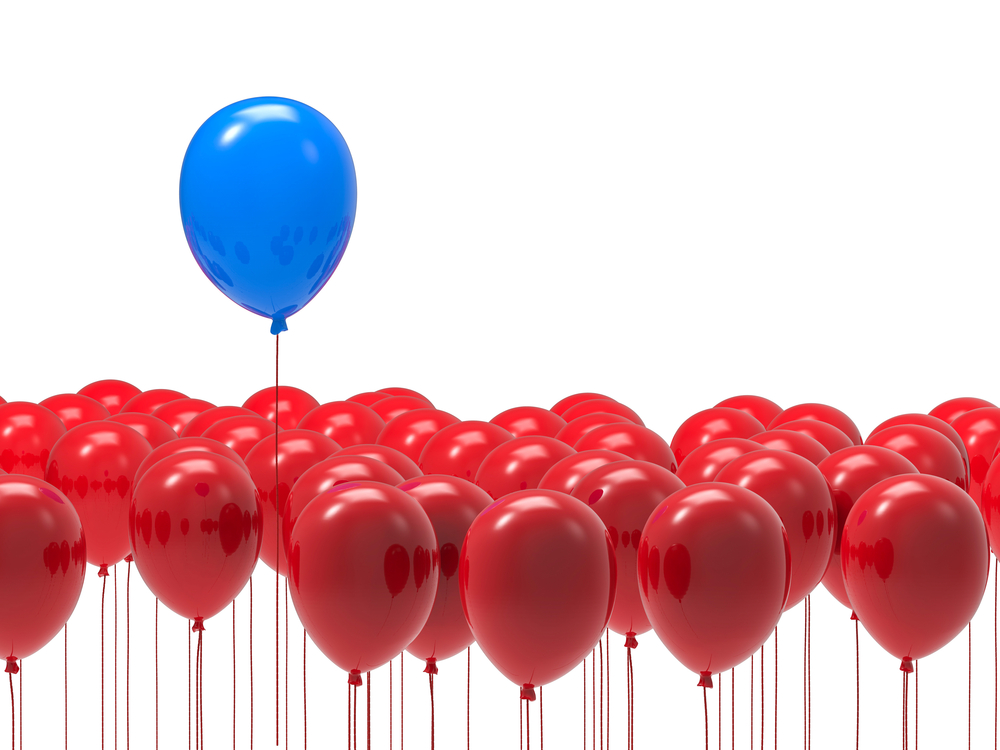You know the stories about companies that were successful—until they weren’t. Kodak. Blockbuster. Gateway. These were solid companies with high-quality products, operating under established business rules. Then competitors offered something different. Their fates weren’t written in the stars. We do, after all, still take pictures, watch movies and use computers.
Establishing clear market differentiation is an important part of driving distinctive customer experiences. And in some cases, it may be a matter of survival. Many times, this means you’ll need to go your own way. The alternative is to stay in a crowded market where your products are nominally better than your peers, your pricing is just inside the same ballpark, and your service promise is strong but indistinct. It’s a crowded, messy and difficult place to be.

Consider the last mattress you purchased. If it was anything like my experience, it was just… fine. We went to a local mattress store and tried five or six mattresses that seemed mostly the same. The salesperson was helpful enough, though she used technical terms like coils, polyfoam, and innerspring. We put the decision off and left feeling confused.
When we returned home, an online search yielded a long list of mattress companies we hadn’t known about. Companies like Caspar, Tuft and Needle, Purple, Avocado and Eight had, while we slept, roared into the market with a laser-like focus on a frictionless buying and delivery experience. Their pitch: sleep quality versus mattresses’ technical aspects.
These innovators have earned a sizeable share of the mattress market in a relatively short period. Eight mattresses promise to “unlock the best sleep of your life” with personalized cooling systems, automated tools to track your sleep, and a focus on health and wellness. As this was all happening, traditional mattress retailer Mattress Firm was making incremental improvements, but struggling. The company filed for Chapter 11 bankruptcy in 2018 and closed more than 200 stores.
This is the reality of customer experience today. A “safe” strategy is to make existing products and services better based on customer feedback— better discounts, faster delivery, online customization, a “choose your mattress personality” app. The problem is, your competitors are doing those things, too. What some consider safe can be the fastest route to the dustbin of business history.
When you’re doing well, your competitors are testing the fences, looking for weakness. Differentiation doesn’t necessarily require you to abandon your current products and move your company in an entirely new direction (although you may). It does mean that you will probably have to radically change your and your team’s mindset toward innovation and customers.

Excerpt from Leading the Customer Experience: How to Chart a Course and Deliver Outstanding Results by Brad Cleveland.



0 Comments